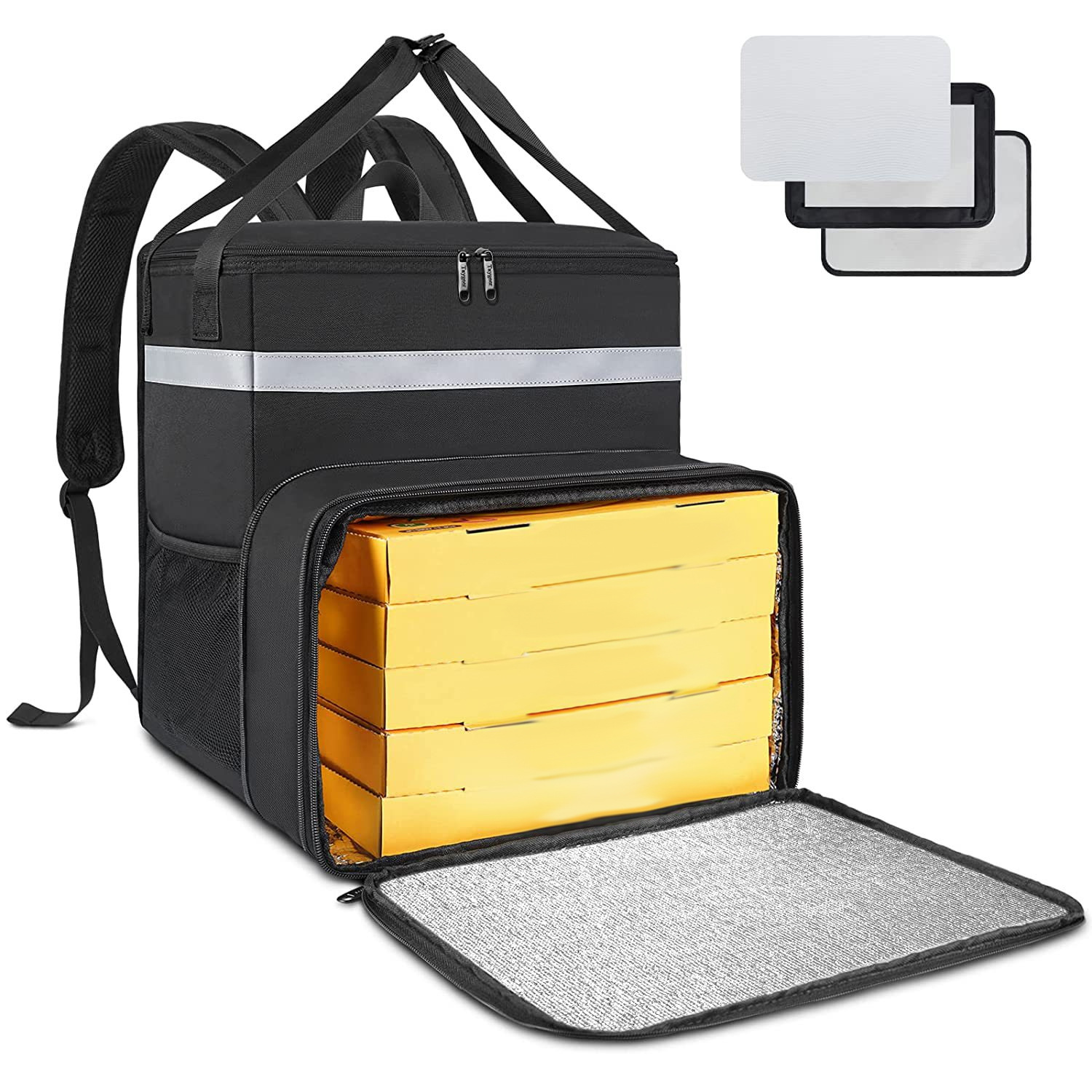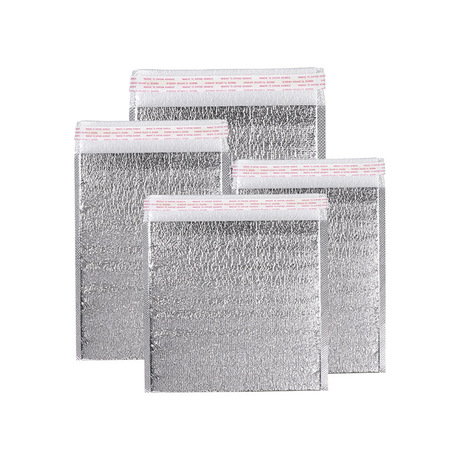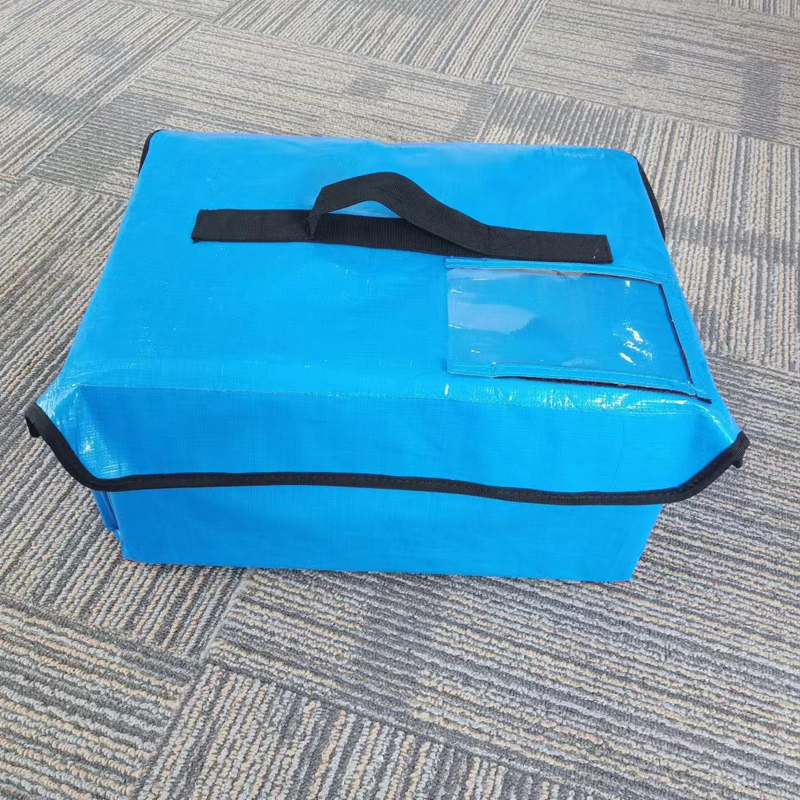When choosing a suitable ice box or ice bag, you need to consider multiple factors based on your specific needs. Here is a detailed guide to help you find the most suitable product for you:
1. Determine the purpose:
-Firstly, clarify how you will use the ice box and ice pack. Is it for daily use (such as carrying lunch), الأنشطة في الهواء الطلق (such as picnics, التخييم), or specific needs (such as transporting medicine)? Different uses may have different requirements for the size, insulation capacity, and carrying method of the ice box.
2. Size and capacity:
-Choose the appropriate size based on the amount of items you plan to store. If you usually only need to carry a few cans of drinks and small portions of food, a small or medium-sized ice box may be enough. If you plan to have a family picnic or a multi day camping activity, a large ice box would be more suitable.
3. Insulation efficiency:
-Check the insulation performance of the ice box to understand how long it can provide refrigeration for food or beverages. This is particularly important for long-term outdoor activities. High quality ice boxes can provide longer cold chain protection.
4. Material:
-High quality ice boxes usually use a solid shell and effective insulation materials (such as polyurethane foam). These materials can provide better insulation and withstand frequent wear and tear.
5. قابلية النقل:
-Consider the convenience of carrying an ice box. If you often need to move from one place to another, you may need an ice box with wheels and a pull handle. في أثناء, weight is also a factor to consider, especially when filled with items.
6. Sealing and water resistance:
-Good sealing performance can prevent air exchange and better maintain internal temperature. في أثناء, the ice box should have a certain degree of water resistance, especially if you plan to use it in multiple weather conditions.
7. Easy to clean and maintain:
-Choose an ice box with a smooth internal surface that is easy to clean. Some ice boxes are designed with holes for easy drainage, which can easily drain melted ice water after use.
8. Budget:
-The price of ice boxes and bags can range from tens to hundreds of yuan, mainly determined by size, مادة, brand, and additional functions. Based on your budget and usage frequency, investing in high-quality products usually demonstrates better value in long-term use.
9. View user reviews and brand reputation:
-Before making the final decision to purchase, reviewing other users’ evaluations of the product can provide practical information about its performance and durability. Choosing a well-known brand usually ensures product quality and good customer service.
By considering the above factors comprehensively, you can choose the ice box or ice bag that best suits your needs, ensuring that food and beverages remain fresh and cold when needed.
Do you know how ice packs are produced?
Producing a qualified ice pack requires careful design, selection of appropriate materials, strict manufacturing processes, and quality control. The following are typical steps for producing high-quality ice packs:
1. Design phase:
-Requirement analysis: Determine the purpose of ice packs (such as medical use, food preservation, sports injury treatment, إلخ.), and select appropriate sizes, shapes, and cooling times based on different application scenarios.
-Material selection: Choose appropriate materials to meet the functional and safety requirements of the product. The selection of materials will affect the insulation efficiency, متانة, and safety of ice packs.
2. Material selection:
-Shell material: متينة, waterproof, and food safe materials such as polyethylene, nylon, or PVC are usually chosen.
-Filler: select appropriate gel or liquid according to the use requirements of the ice bag. Common gel ingredients include polymers (such as polyacrylamide) and water, and sometimes antifreeze agents such as propylene glycol and preservatives are added.
3. Manufacturing process:
-Ice bag shell manufacturing: The shell of an ice bag is made through blow molding or heat sealing technology. Blow molding is suitable for the production of complex shapes, while heat sealing is used to make simple flat bags.
-Filling: fill the premixed gel into the ice bag shell under sterile conditions. Ensure that the filling amount is appropriate to avoid excessive expansion or leakage.
-Sealing: use heat sealing technology to ensure the tightness of the ice bag and prevent gel leakage.
4. Testing and quality control:
-Performance testing: Conduct cooling efficiency testing to ensure that the ice pack achieves the expected insulation performance.
-Leakage test: Check each batch of samples to ensure that the sealing of the ice bag is complete and leak free.
-Durability testing: Repeated use and mechanical strength testing of ice packs to simulate conditions that may be encountered during long-term use.
5. Packaging and labeling:
-Packaging: Properly package according to product requirements to protect the integrity of the product during transportation and sales.
-Identification: Indicate important information on the product, such as instructions for use, ingredients, production date, and scope of application.
6. Logistics and Distribution:
-According to market demand, arrange product storage and logistics to ensure that the product remains in good condition before reaching the end user.
The entire production process must comply with relevant safety and environmental standards to ensure product competitiveness in the market and safe use by consumers.























